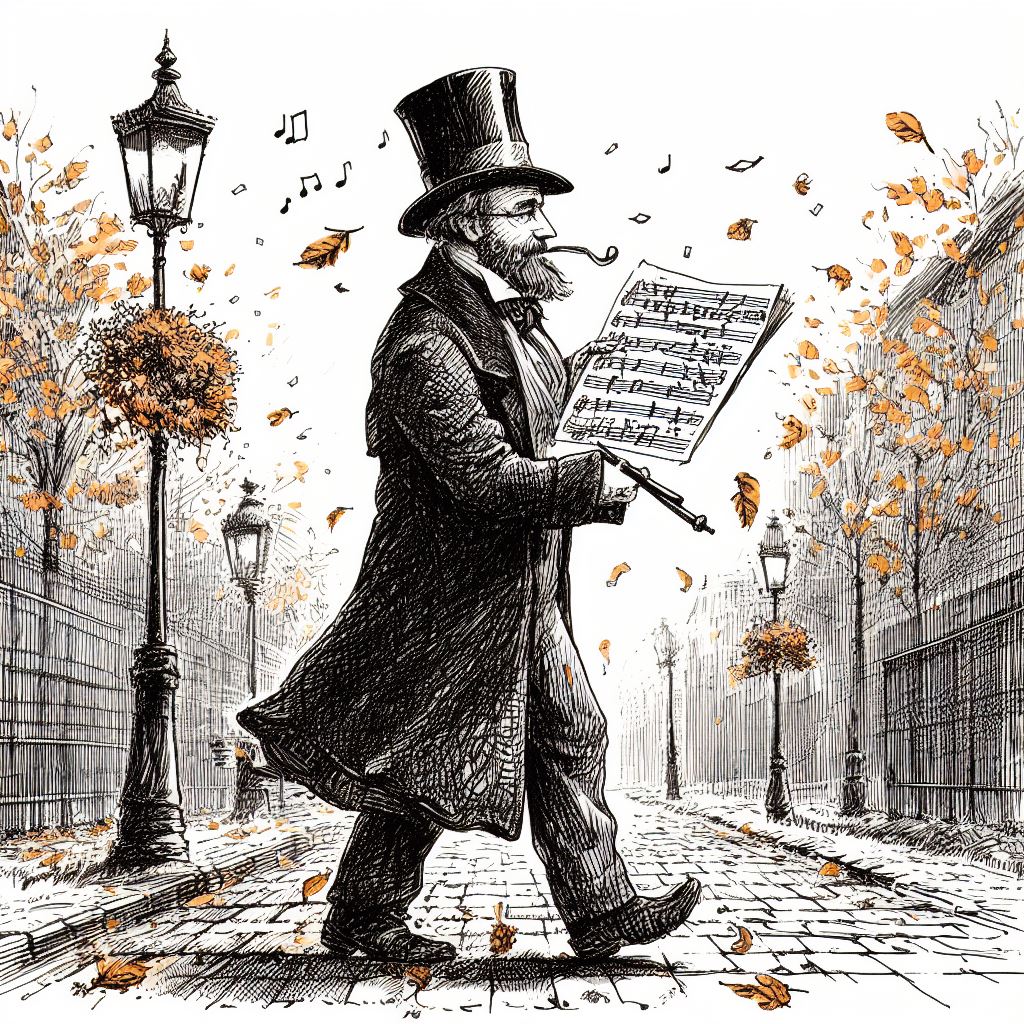The Walking Composer:
How the Art of Stroll Stimulates Creativity
What do you do when you need a break? Perhaps you’re in the middle of working on something, but you can’t seem to continue or stay focused. Do you reach for a cup of tea? Put on some music? Enjoy a dessert? Take a quick nap? Or perhaps even go for a short walk? Interestingly, some people choose to leave their desk and head outside for a leisurely stroll. Maybe you are one of them, the walking composers!
A leisurely stroll is more than just a walk; it’s an opportunity to reconnect with nature or explore the city. It’s a chance to feel the breeze, listen to the rustling leaves, hear the bustling city streets, and truly immerse yourself in your surroundings. It’s a moment to slow down, take a deep breath, and enhance your sensitivity.
Did you know that many famous composers found that taking a walk played a crucial role in stimulating their creativity? Let’s take a closer look at some of these musical geniuses who used the power of walking to fuel their creative minds.
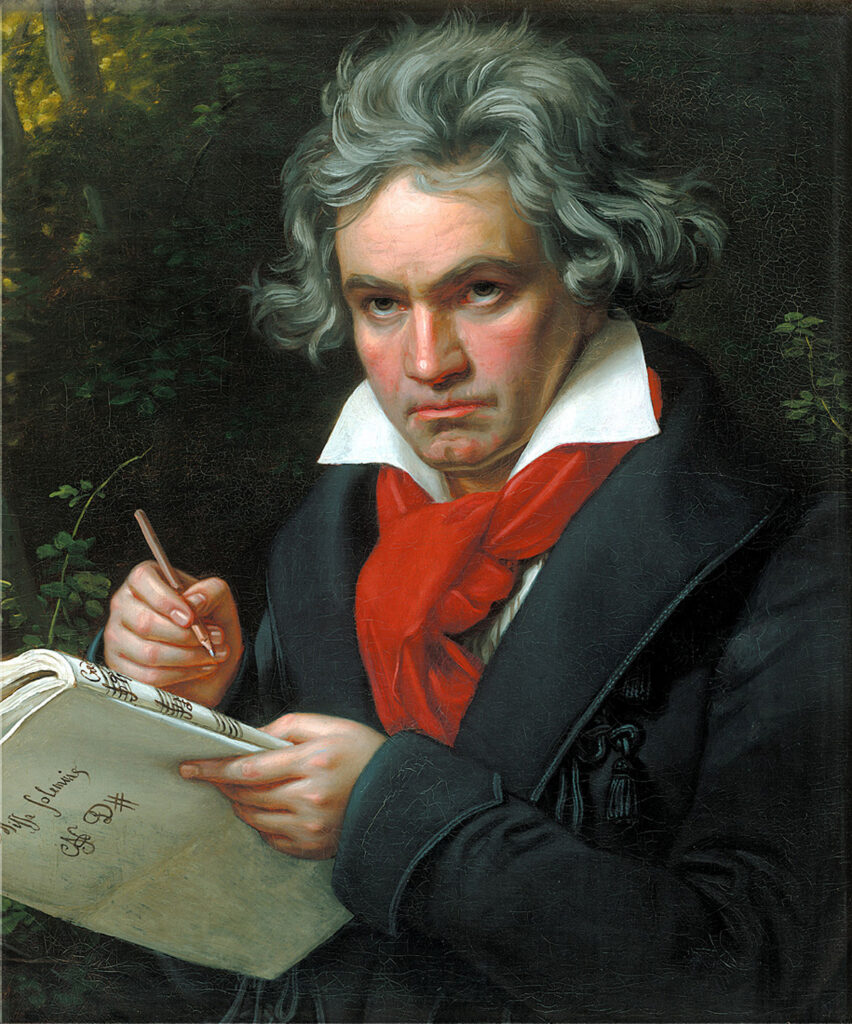
1. Ludwig van Beethoven
Ludwig van Beethoven, one of the most renowned composers in history, had a unique habit of taking long strolls. Despite his struggles with deafness and loneliness, he found solace in the countryside. After lunch, he embarked on vigorous walks, always carrying a pencil and sheets of paper in his pocket. Yes, you guessed it right—he used the pencil to jot down his musical thoughts on paper. The influence of his countryside walks, including bird calls, thunder effects, and gentle breezes, can be heard in his compositions. His sixth symphony, known as the “Pastoral Symphony,” beautifully reflects his impressions of nature during his walks.
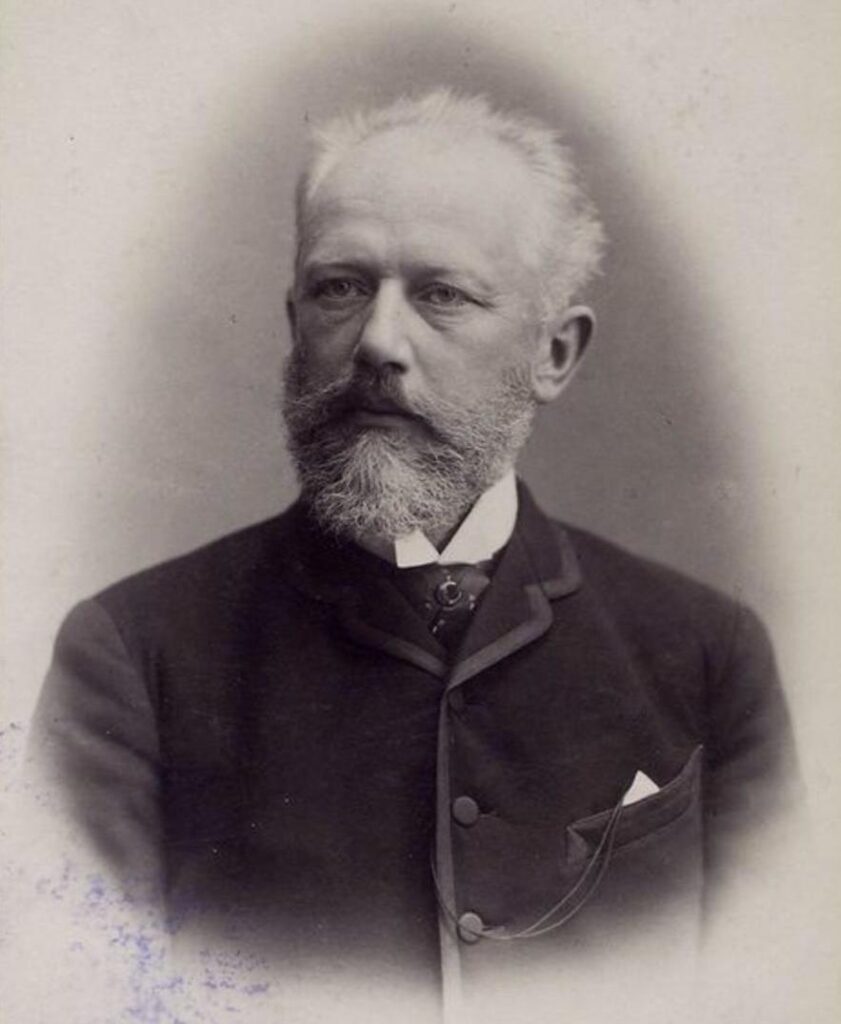
Émile Reutlinger, Public Domain
2. Pyotr Ilich Tchaikovsky
Tchaikovsky, the genius behind the Nutcracker Suite, was known for taking short strolls before starting his morning work. Surprisingly, he took a second stroll after lunch, regardless of the weather. During these strolls, he paused to jot down his musical ideas, which he later expanded upon while at the piano. In 1885, he rented a cottage in a small village near Moscow, where he revelled in the tranquillity of rural life. Tchaikovsky was strict about the duration of his strolls, believing superstitiously that they were essential for his health and creativity. It was during this period that he composed his Fifth Symphony and “The Sleeping Beauty.”
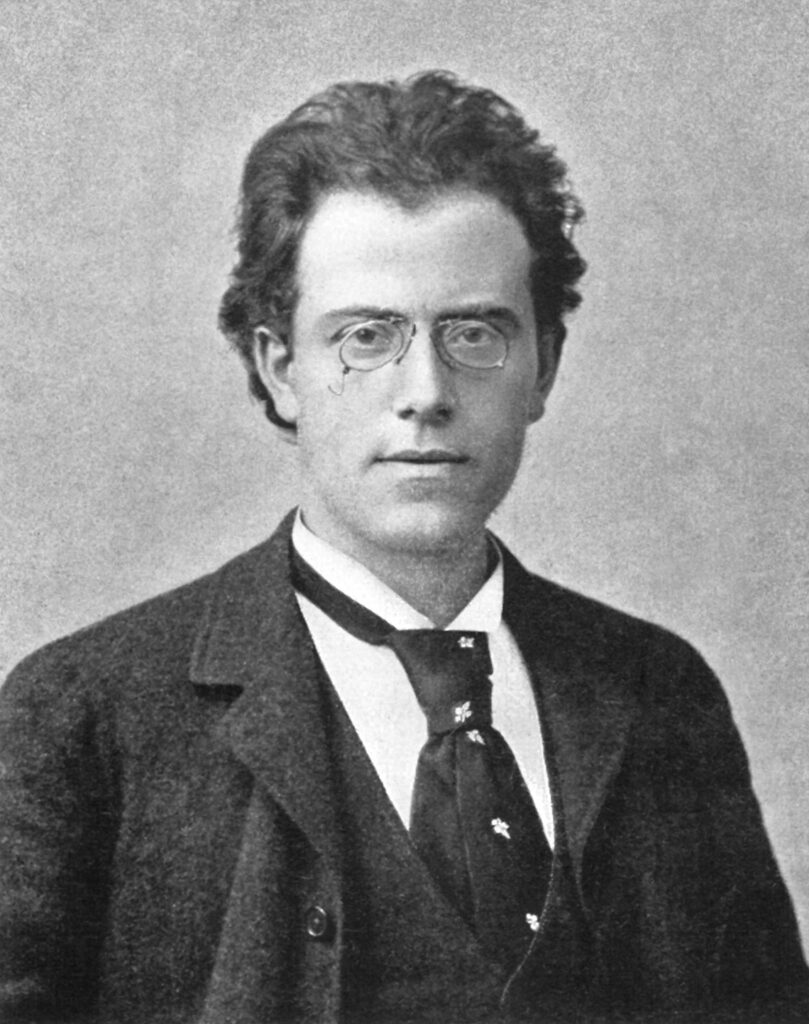
3. Gustav Mahler
Mahler was another composer who drew inspiration from his walks. Like Beethoven’s routine, he always carried a pencil and paper to record his musical thoughts. He primarily composed during the summer while staying in the Alps. His post-lunch walks allowed him to admire the scenery and revel in the beauty of nature. Unlike a solitary stroll, Mahler often completed his 3-4 hour walks with the company of his wife or a friend. His Symphony No. 3, for instance, reflects his deep love for nature and his inner battles.
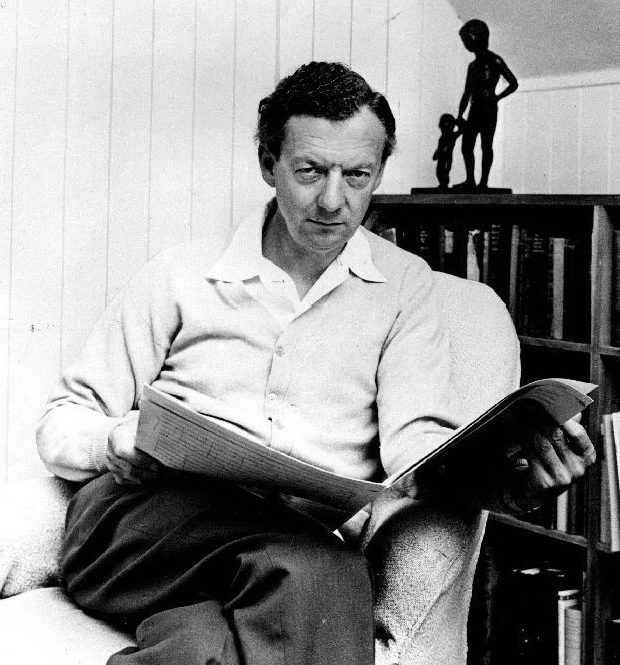
4. Benjamin Britten
Britten, whose works spanned orchestral, choral, solo vocal, chamber music, instrumental pieces, and even film music, referred to his strolls as “composing walks.” He lived in Aldeburgh and enjoyed walking in the countryside and along the beach. He once said that his afternoon walks were where he “planned out what I’m going to write in the next period at my desk.” His opera “Peter Grimes,” the “Four Sea Interludes,” and the “Spring Symphony” all bear testament to his profound connection to the sea and countryside.
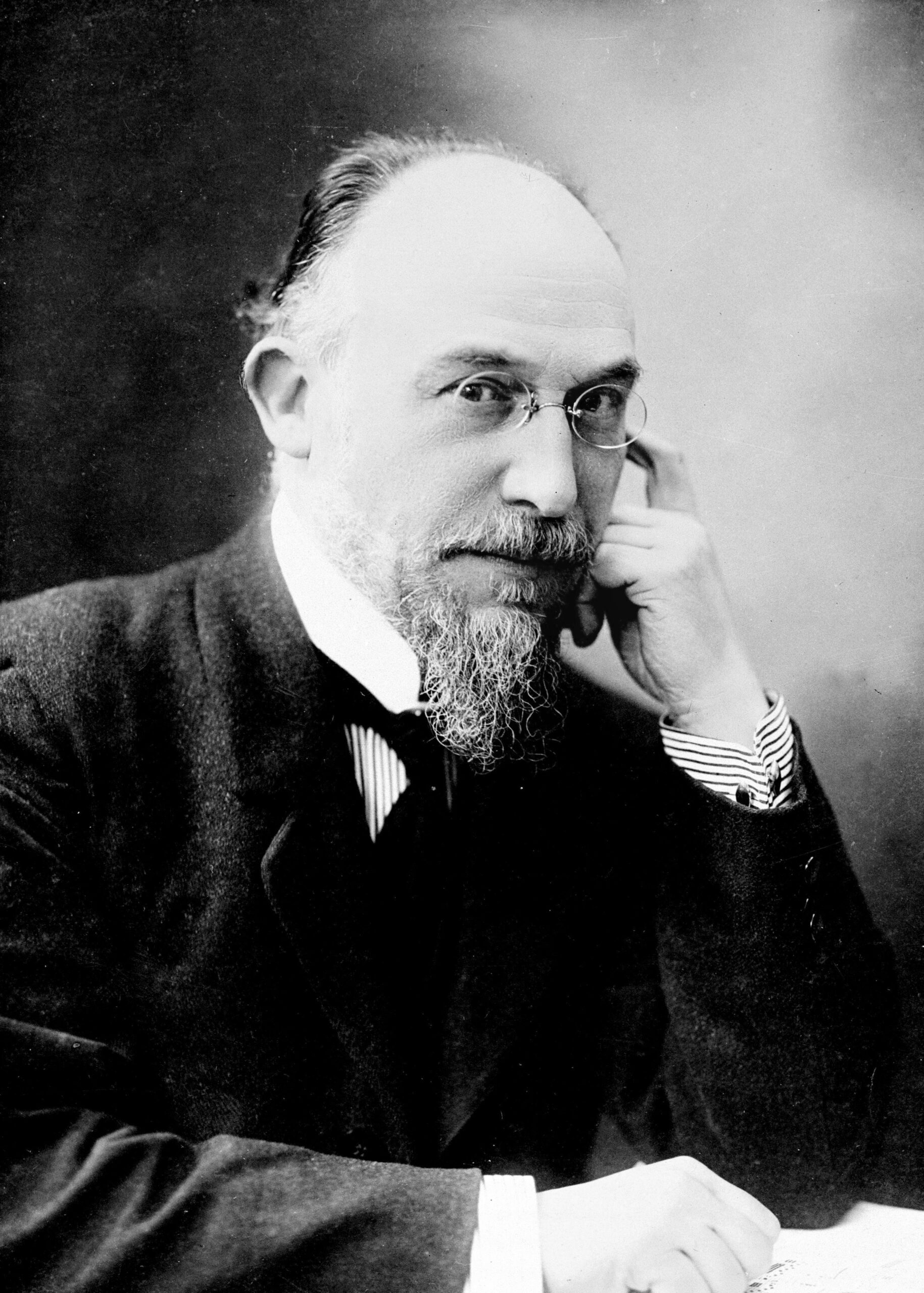
5. Erik Satie
Satie, the brilliant composer of the Gymnopédies, had a rather unique composing habit. He often composed while on his strolls. His daily routine included 10-kilometer walks from his home to the Montmartre district in the city, allowing him to visit friends, compose in cafés, have dinner, and even enjoy a drink. It’s possible that these strolls exposed him to various stimuli in his surroundings, which ultimately found their way into his musical compositions.
These are just a few examples of the “walking composers” who found inspiration in their strolls. These leisurely walks allowed them to connect with the world and draw inspiration from it. So, why not take a cue from these great composers and give it a try yourself? You never know—your next walk might lead you to discover something new and spark fresh thoughts, ultimately enriching your life, just like the walking composers of the past!

